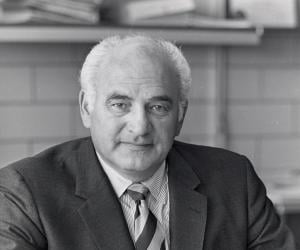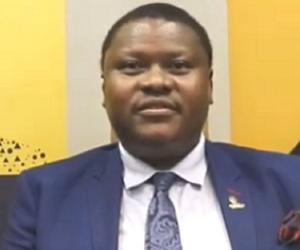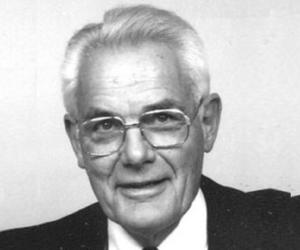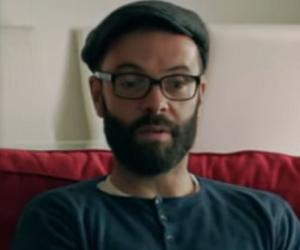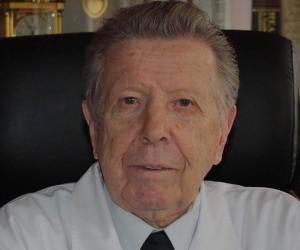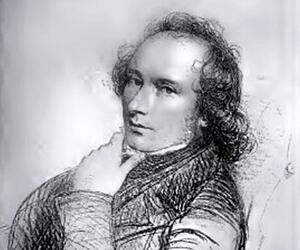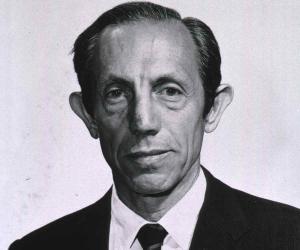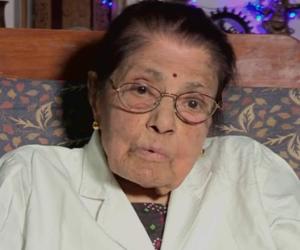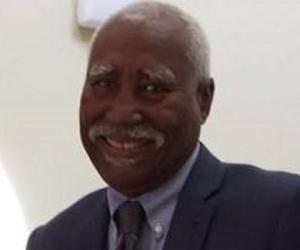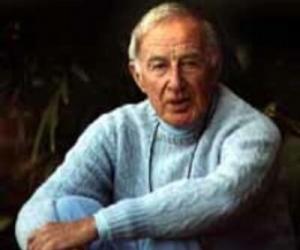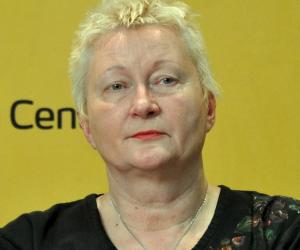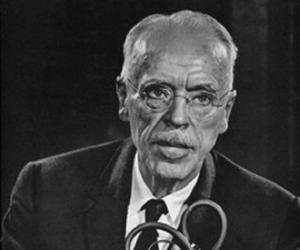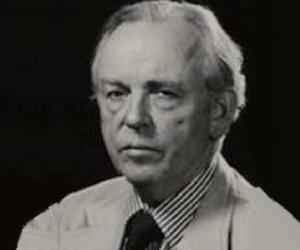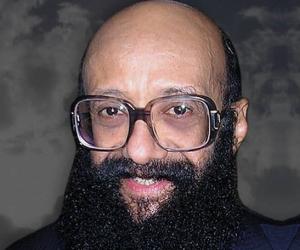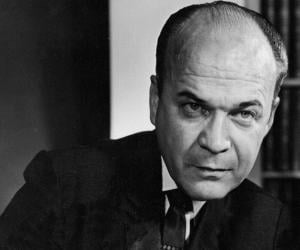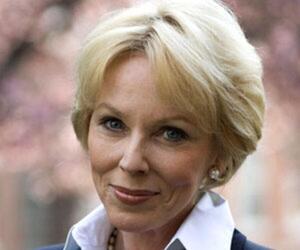Quick Facts
Died At Age: 90
Family:
Spouse/Ex-: Jean Rosensaft
father: Bernard Abraham
mother: Rose
Surgeons Cardiologists
Died on: November 14, 2008
place of death: Michigan
U.S. State: New Yorkers
Childhood & Early Life
He was born to Bernard Abraham and his wife Rose in New York City. His father was a physician who ran a clinic in Bronx and his mother designed costumes. Adrian displayed an interest in medicine from a young age.
Along with his elder brother Arthur he conducted many experiments in their home which included building a simple electrocardiograph and an automobile headlight.
He graduated from the DeWitt Clinton High School and earned a BA in mathematics from New York University in 1940.
He attended Long Island College of Medicine and received his MD in 1943. This was an accelerated program to provide for trained doctors to serve in the war.
Career
He joined the US Army Medical Corps as a battalion surgeon in 1944 and served till 1946. During this period, he was stationed in Europe and in Japan.
He had previously interned at the Jewish Hospital of Brooklyn where he worked with neurosurgeon Leo Davidoff and thus after the war he pursued training in general and thoracic surgery at Mt. Sinai Hospital in New York.
He won a US Public Health Service fellowship and studied hemodynamics with eminent physiologist Carl Wiggers in 1951-52. It was here that he discovered the principle of “diastolic augmentation” or “counterpulsation” which would form the basis for his future research.
He was appointed the Director of Cardiovascular Surgery at Maimonides Hospital in Brooklyn and Professor of Surgery at SUNY Downstate Medical Center in 1955, and for the next 15 years he led a research team that designed several bioelectronic devices.
During the early 1960s he designed his first mechanical LVAD which is a U-Shaped device containing an inflatable chamber. He conducted extensive animal research after which he implanted the device in human patients in 1966.
He collaborated with General Electric to develop an implantable artificial pacemaker, the first of which was implanted in May 1961. The device could adjust the pacing rate from 64 to 120 beats per minute.
He developed the intra-aortic balloon pump (IABP) which is placed inside the aorta to provide relief to patients in cardiogenic shock. This device became his most popular invention for treating cardiac arrest.
He had been studying heart transplants from a long time and had practiced the technique on several hundreds of dogs. On 6 December 1967, he performed the first ever human heart transplant on an infant in the US—just three days after the first human heart transplant had taken place in South Africa.
He was one of the cardiologists who ushered in the era of heart transplants and soon surgeons all over the world began transplanting human hearts. Around 100 heart transplants took place in 1968.
He became the attending surgeon and Chairman of the Department of Surgery in Sinai Hospital in Detroit in 1970 where he experimented further with heart transplants and partial mechanical hearts.
In 1970, he assumed the post of Clinical Professor of Surgery at Wayne State University School of Medicine in Detroit, Michigan where he served till 2008. Throughout his life he continued his research on cardiac surgery and devised newer and better ways to treat heart ailments.
Major Works
He was a pioneer in infant cardiology and performed the first human heart transplant in the US on 6 December 1967 when he removed the heart of a brain dead baby and transplanted it into the chest of a 19-day-old infant with a heart defect.
Awards & Achievements
For all his contributions to the world of cardiology including his many inventions, he received a lifetime achievement award from the American Society for Artificial Internal Organs in 2001.
Personal Life & Legacy
He married Jean Rosensaft in 1948. His wife, who was an administrator on the surgical research laboratories at Maimonides Medical Center, was always by his side and they co-founded L.VAD Technology Inc. The couple had two daughters and a son who all grew up to be physicians.
He lived a long life over which he contributed immensely to medical science, specifically cardiology. He died in 2008 at the age of 90.
See more:


